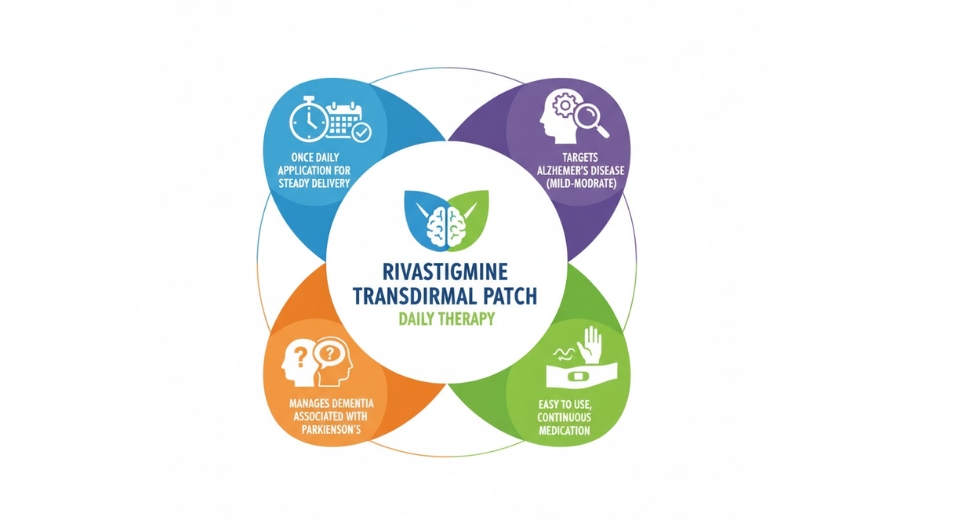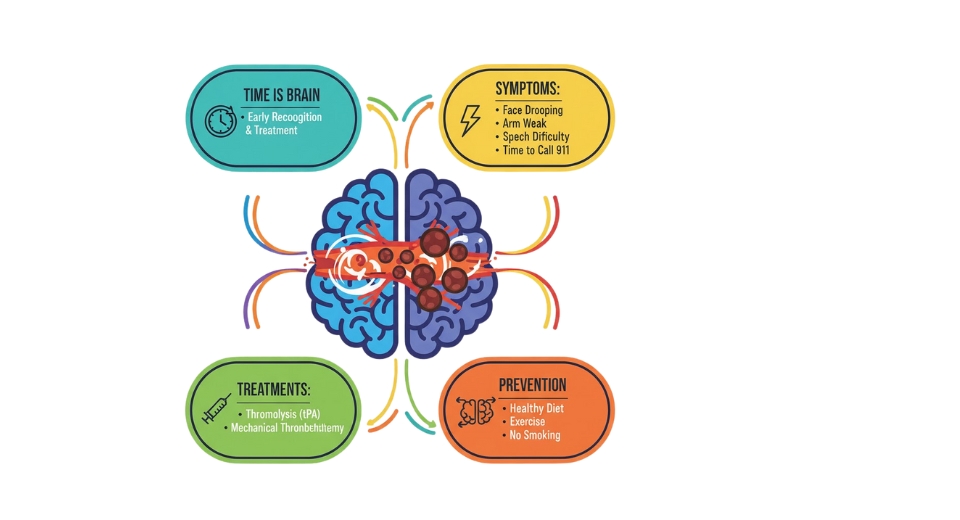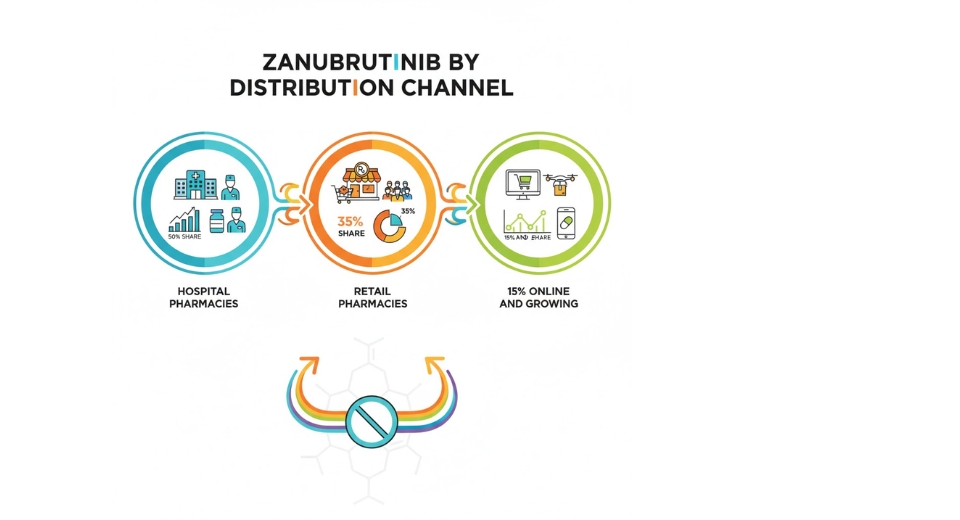MARKET OVERVIEW
The global physiological seawater nasal spray market is at the cusp of healthcare development and consumer health, fueled by a growing recognition of organic forms of treatment. While product growth and geographic figures dominate much of the current discussion, taking a closer look outside the parameters of current analyses holds the key to understanding the trajectory this market will follow in the years to come. Not only restricted in its current role in decongestion and sinus treatment, but this market is also about to come into alignment with wider shifts in medical preference, pharmaceutical collaboration, and customer lifestyle trends.
One key trajectory that will impact the global physiological seawater nasal spray market involves its overlap with respiratory research and preventive medicine. Researchers and developers will increasingly investigate how micro-dosing with mineral-based solutions can benefit immune health and sinus hygiene in clinical and non-clinical settings. As air quality deteriorates in most urban areas, the need for clean, drug-free nasal care products is poised to move beyond seasonal demand. Here, the market will start to play a central role in daily health practice, not merely as a response, but as a proactive option.
The global physiological seawater nasal spray market will also start coming closer to embedding itself into digital health platforms. Nasal care in the future will not happen in isolation but will most likely be coupled with health-monitoring technologies that provide users with measurements of nasal well-being over extended periods of time. This intermingling of nasal spray usage with mobile app and wellness-platform integration will become more user participatory and feed back into physicians in real time, perhaps determining dosage regimen patterns, purchase regularity, and even clinical directives.
From a regulatory perspective, changes will come as global health authorities begin to harmonize product classification between nations. Current discrepancies in regulatory status some considering these sprays medical devices, others cosmetics will be subject to challenge. A single framework will assist in promoting global commerce, enhancing transparency, and delivering consumers consistent quality assurance, no matter the product's country of origin.
In addition, the market will start to see more mature segmentation along demographic and physiological lines. Infant, geriatric, or chronic respiratory consumer-specific formulations won't be mere variations of the base product but completely reimagined solutions with focused efficacy. This customization will impact how brands situate themselves and how healthcare professionals prescribe to particular patient populations.
In the future, the global physiological seawater nasal spray market will not be confined to its historical definition. It will increasingly become an integral component of personal healthcare systems, backed by science, technology, and sustainability. This evolution will make its impact extend far beyond the pharmacy counter, playing a significant role in everyday health care globally
Global physiological seawater nasal spray market is estimated to reach $554.8 Million by 2032; growing at a CAGR of 8.4% from 2025 to 2032.

GROWTH FACTORS
The global physiological seawater nasal spray market is becoming more and more dynamic because of a set of medical-related demands and purchasing trends. At the top of these are several of the key drivers that are fueling expansion, such as rising numbers of people suffering from respiratory conditions and allergic responses. With the increase in levels of pollution across the globe and season allergies spreading, more and more individuals are looking toward nasal sprays for relief.
Even with the increasing popularity, there isn't some major challenge in the market. There are quite a number of other nasal treatments and products out on the market, including home treatments and medicated sprays. These products are direct competitors for seawater sprays, so now it is even more difficult for companies to distinguish. In addition, it can be quite expensive to produce and ship these sprays. From the acquisition of clean seawater to shipping and packaging, each process adds to the final price. These expenses could render it infeasible for companies to charge low prices while staying within margins. This has an influence on how firms go about planning marketing strategy and pricing.
All these notwithstanding, there are strong signals of prospective growth. The majority of customers today prefer non-drug and natural cures in the management of everyday health problems. Seawater nasal sprays nicely into this trend. Since they are not filled with chemicals or drugs, they appeal to those who seek safe and easy means of breathing more freely. This shift in the consumers' minds can open up new possibilities for businesses in the sector. By promoting clean ingredients, safe consumption, and easy availability, businesses can get a chance to reach more individuals. With more people trying and believing in these products, the market will also keep on growing in the coming years.
Overall, based on some of its setbacks such as tough competition and a rise in prices, the growing demand for natural treatments and better nasal care will most likely keep on propelling the growth of the global physiological seawater nasal spray market. With the right strategy, this market has a lot of potential for growth.
MARKET SEGMENTATION
By Product
The global physiological seawater nasal spray market has been noted for its steady growth in recent years, buoyed by various products gaining popularity for their effectiveness and ease of use. In this regard, the market is segmented into hypertonic, isotonic, and hypotonic spray. Hence, depending on the ailment it is being applied for and the need of the patient, each of these is used for specific purposes. Hypertonic sprays, by definition, more saline than body fluids, are used generally for nasal congestion. They are especially beneficial for patients suffering from sinusitis, allergies, or a cold. The hypertonic segment was valued at $257.2 million in 2024, indicating that the affinity towards this product segment to combat nasal problems with inflammation or excessive mucus is very high.
Unlike hypertonic sprays, isotonic sprays contain salt amounts present in the human body. They are rather used for daily life nasal cleansing. Such sprays wash allergens, dust, and other contaminants, thus acting as a gentle cleanser for those having sensitive noses or needing nose-cleaners regularly without aggravating their noses. Hypotonic sprays, with a lesser concentration of salt, are less used but are still precious for those with extremely irritated and dry nasal passages. They tend to be extremely gentle as they may be used to moisten and soothe the nose without any form of irritation or burning sensation.
With heightened concern over the nasal passage, more and more individuals are turning towards these sprays as a regular measure or when they become sick. They are readily available, straightforward to utilize, and safer than medicated nasal sprays, which could, in overuse, be dependent upon. They are also supported by growing air pollution, growing incidence of respiratory illness, and a general inclination towards utilizing natural or non-drug methods. Parents also prefer these sprays for children, as they are less invasive and do not carry the same risk as pharmaceuticals.
The expansion of the market is also driven by increased travel, climatic changes, and exposure to allergens in different environments. People are looking for ways to protect their respiratory health, especially in urban areas. With increased development of product presentation and delivery systems, combined with growing consumer sensitivity, the physiological seawater nasal spray market is expected to grow steadily in the foreseeable future. Each variant hypertonic, isotonic, and hypotonic has its own advantages, providing consumers with a variety of choices to cater to their nasal care requirements
By Application
The global physiological seawater nasal spray market is segregated into three broad application markets: for children, for adults, and for infants. The segregation allows companies to target particularly the specific requirement of the varying age groups and thereby customize their products as per such needs. For babies, the sprays are supposed to be gentle and safe to use in consideration of the fragile nature of their nasal ducts. They are applied to unstuff their noses, a common experience for babies with cold or allergy. Infants can't blow noses to unplug their noses well; these sprays come to their rescue by making the nose humid and cleanse the nasal cavity so that infants are able to breathe a little easier.
The nasal sprays should be easy to use, but safe and effective for a developing child. Babies with allergies or colds get plugged up and uncomfortable. Such sprays usually have mild ingredients that help clear congestion and clear nasal passages. The consistent use of the sprays helps prevent infections and enables them to breathe more easily, which is also important for their overall well-being and development. Conversely, this market has numerous nasal spray options for adults.
Adults employ seawater nasal sprays to treat symptoms of congestion or to simply keep nasal cavities clean, as they remove dust, pollen, and other irritants that settle within the nose. Another significant parameter is that the adults get exposed to multiple environmental factors on a regular basis, hence the frequent use of these sprays is greatly advised to prevent dryness and irritation. Sinus issues or allergies can also be a factor for the adults, thereby giving them a chance for a drug-free way of relief through the application of these sprays without any adverse effects. Total market division by applications into infant, child, and adult reveals understanding of varied needs within age groups.
It allows manufacturers to concentrate on making safe and effective products specifically for every age group. With increasing awareness regarding nasal health, there would be a surge in the consumption of physiological seawater nasal sprays for relief and daily care among all age groups. This surge in demand will serve as a market cauldron for additional innovation and creation of even superior products for everyone.
|
Forecast Period |
2025-2032 |
|
Market Size in 2025 |
$362.5 million |
|
Market Size by 2032 |
$554.8 Million |
|
Growth Rate from 2025 to 2032 |
8.4% |
|
Base Year |
2024 |
|
Regions Covered |
North America, Europe, Asia-Pacific, South America, Middle East & Africa |
REGIONAL ANALYSIS
The global physiological seawater nasal spray market into several key regions based on geography renders North America, Europe, Asia-Pacific, South America, and the Middle East & Africa. Every region is then broken down into individual countries or clusters of countries to give a better understanding of the market distribution.
North America divides its market into the United States, Canada, and Mexico. They are reputed to be the main descendants of demand for seawater nasal sprays in this region. The U.S. stands tall because of its population and awareness about health and hygiene products. Canada and Mexico too help in the growth of the market, albeit to a smaller extent than the U.S.
Europe also acts as an essential region for the Physiological Seawater Nasal Spray market. It consists of the United Kingdom, Germany, France, Italy, and the rest of Europe. Each one is vital in making market trends. The U.K., Germany, and France are fully mature markets with growing demand for nasal sprays caused by factors such as pollution rise and respiratory health concerns. Italy and other parts of Europe further this growth by increasing their use of healthcare products.
Asia Pacific is subdivided into India, China, Japan, South Korea, and the rest of Asia-Pacific. This region portrays an immense opportunity for growth, owing to its large population and enhanced health consciousness developed in other parts. India and China stand out as key markets where the demand for nasal sprays must continue to experience growth. On the other hand, countries like Japan and South Korea, which are developed, tend to lend an already mature market yet still contribute considerable demand on the regional level. The rest of the Asia-Pacific countries kept on driving this growth, especially with better healthcare access.
South America consists of Brazil, Argentina, and the rest of South America. Brazil is considered the primary market in the region owing to a high population base and mounting interest in health products. Argentina and other countries of the region follow the trend. Egypt and South Africa, as well as other countries from the same continent, have been catching up on the awareness front with regard to respiratory health. With each of these geographic segments differing in characteristics and growth drivers, they complete the entire Physiological Seawater Nasal Spray global market.

COMPETITIVE PLAYERS
The global physiological seawater nasal spray market, there are several major companies that have been able to leave significant footprints in the industry. These companies have built their presence by developing effective nasal spray products using seawater to cleanse and moisturize the nasal passages. Other big brands include Sterimar, LABORATOIRE DE LA MER, and Sinomarin. These companies have strong brand names due to the reputation built upon the efficacy and credibility of their sprays, which many rely on for everyday nasal care.
Another major name in this business and one with quite some strength in nasal sprays is Humer by Laboratoire URGO. Their nasal spray formulations are recognized for having natural ingredients and for being very gentle. Gifrer is another respected name that promotes health and well-being through its array of nasal sprays. Haleon, however, has been gaining traction in the nasal care field by successfully offering solutions that actually promote nasal hygiene.
Other key players vying to cement their standing among industry giants include Nacur Healthcare and Bayer, both boast long histories in health-related products and are now applying that knowledge to the arena of nasal spray development. LABORATOIRES GILBERT and Sandoz, on the other hand, have participated somewhat actively in the development and marketing of seawater nasal sprays with the view of capturing a bigger market share.
Apart from that, a number of Asian companies have entered the market with their competitive products. SHANGHAI TEAMSTAND CORPORATION and Shanghai Berry Electronic Tech. are some of the companies offering products that are attractive to the increasing need for nasal care treatments in the region. BORNE and Gerolymatos International S.A. also contribute to the growth of the market by introducing their own specialties and innovations.
These all compete based on the advantages of physiological seawater, including nasal passage clearing, moisturizing, and respiratory wellness. Their products will continue to become more developed as consumers learn more about the benefits of natural nasal care. As people have greater awareness of respiratory wellness, demand for physiological seawater nasal sprays is likely to increase, prompting these major players to further innovate and enhance their products.
Generally, the presence of such firms shows the competitiveness and diversity in the global physiological seawater nasal spray market such that consumers enjoy having a diverse range of quality products to use.
Physiological Seawater Nasal Spray Market Key Segments:
By Product
- Hypertonic
- Isotonic
- Hypotonic
By Application
- For Infants
- For Children and Adults
Key Global Physiological Seawater Nasal Spray Industry Players
- Sterimar
- LABORATOIRE DE LA MER
- Sinomarin
- Humer (Laboratoire URGO)
- Gifrer
- Haleon
- Nacur Healthcare
- Bayer
- LABORATOIRES GILBERT
- Sandoz
- SHANGHAI TEAMSTAND CORPORATION
- BORNE
- Gerolymatos International S.A.
- Shanghai Berry Electronic Tech
WHAT REPORT PROVIDES
- Full in-depth analysis of the parent Industry
- Important changes in market and its dynamics
- Segmentation details of the market
- Former, on-going, and projected market analysis in terms of volume and value
- Assessment of niche industry developments
- Market share analysis
- Key strategies of major players
- Emerging segments and regional growth potential








 US: +1 3023308252
US: +1 3023308252






